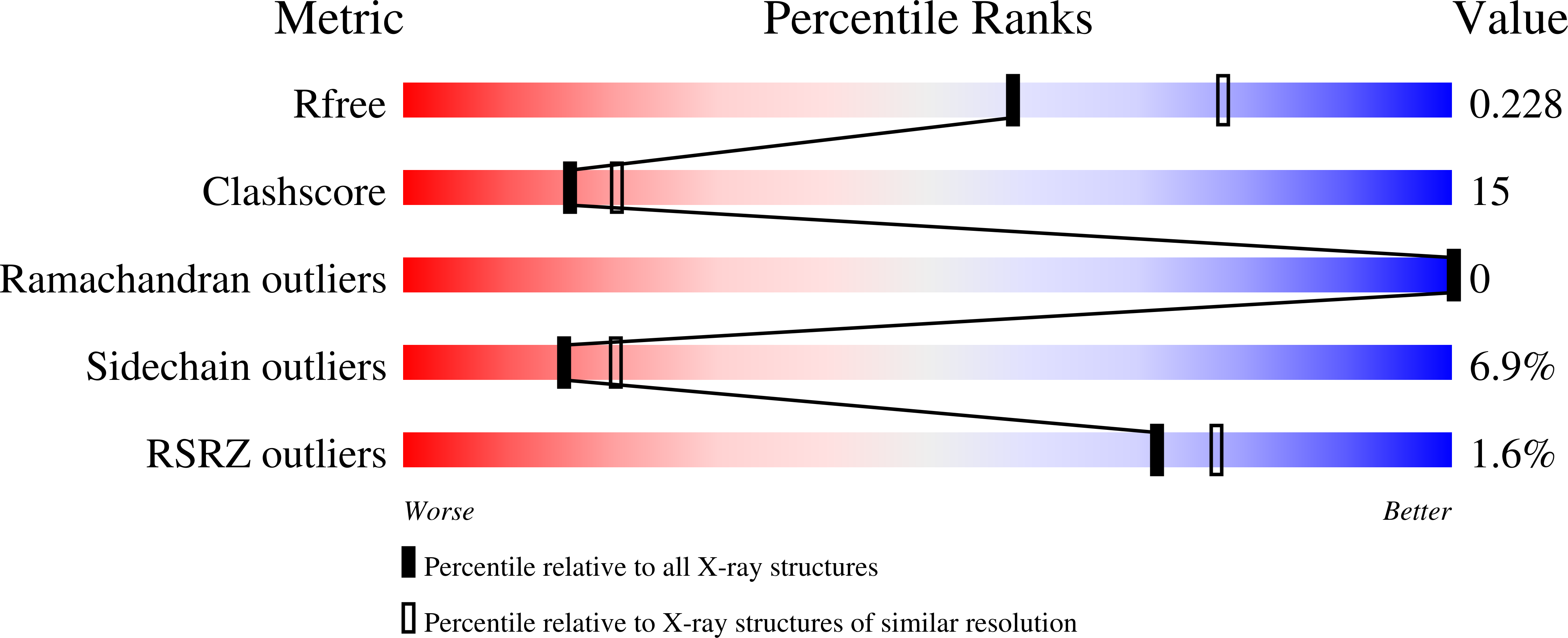
Deposition Date
2001-12-19
Release Date
2002-10-23
Last Version Date
2024-10-30
Entry Detail
PDB ID:
1ISQ
Keywords:
Title:
Pyrococcus furiosus PCNA complexed with RFCL PIP-box peptide
Biological Source:
Source Organism:
Pyrococcus furiosus (Taxon ID: 2261)
Host Organism:
Method Details:
Experimental Method:
Resolution:
2.30 Å
R-Value Free:
0.29
R-Value Work:
0.23
Space Group:
P 63


